I visited Berlin more than 20 years ago, at a time when the world was so different.
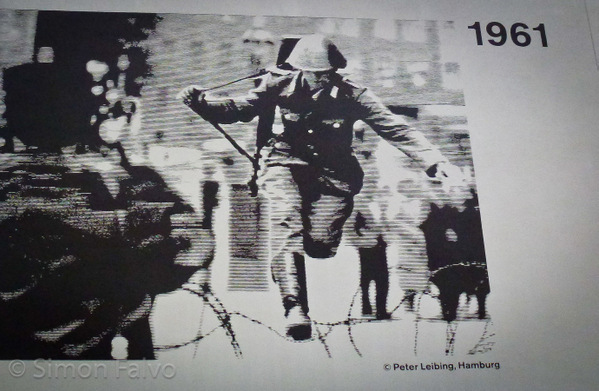
The Berlin Wall, built in August 1961 by the German Democratic Republic to isolate East Berlin from the ‘evil’ West, had just fallen but the division between Western and Eastern Germany was still in place. Checkpoint Charlie marked the border and only a few steps after crossing the border it was a totally different environment.
I was wondering about the scars of WWII in Berlin, repeating myself that We Shall Never Forget
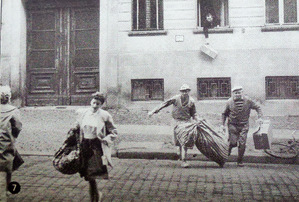
Memories tend to fade over time, still, I kept the image of crumbling houses, of people with a sad look in their eyes and a general sense of poverty. Somehow Berlin remembered me of my journey to Prague in 1980, although at least in what would soon become Germany capital the ‘dark age’ was almost finished.
Back to Berlin in 2012, I was excited with anticipation, curious to see how what once was a divided city was looking like. Most of all, I was wondering about the scars from WWII, the memory of the horrors inflicted on the Jewish population, the bombings, the division after the end of the War.
Whenever my thoughts are going back to that terrible time, I can’t help repeating myself that We Shall Never Forget.
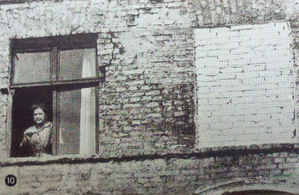
Berlin is a city vibrant with life, culture and joie de vivre. The German capital made an impressive turnaround, keeping, however, traces of its dark past in a number of Museums and Memorials (called Mahnmal).
Our friend Yvonne, an awesome travel writer living in Berlin, led us to Bernauer Strasse and the Berlin Wall Memorial. Along the street, a line of markers shows where once stood The Wall, while a huge graffiti on a façade representing the running soldier Conrad Schumann fleeing to the West remembers the many attempts – most of them leading to death – to escape for which Bernauer Strasse was tragically famous.
On the top of the Berlin Wall Memorial, on the balustrade overlooking the area, old images show the drama which followed the construction of The Wall, when houses were evacuated and doors and windows of the buildings lining the border were bricked up.
Gleis 17, the start of the ‘journey to hell’ for thousands of Berlin Jews
Boards across the Historical Site illustrate and explain what happened in this torn apart street, the sufferings, and desperation. But I wasn’t feeling like reading. I didn’t want to experience this tragic site with my mind, rather with my heart. There would be time to study afterward.
Another Memorial,a few steps from the place where I was staying, in Grunewald. It is called Gleis 17, which means Track 17. From here, starting at the end of 1941, departed most of the trains for the deportation of Berlin Jews, first to the Warsaw and Lizmannstadt ghettos, then to Theresienstadt and Auschwitz concentration camps.
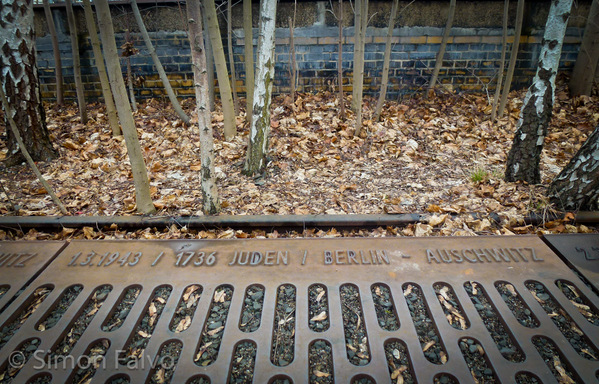
Along Gleis 17, a line of plates remembers the people deported to hell until 1945. Men, women, children. While I walked silently along the track, I wondered if at least a few of them survived. And once again, I thought that We Shall Never Forget.
# # # # #
Have you ever visited a site evoking the horrors of the war? How did you feel? I hope you’ll share your thoughts and experiences.

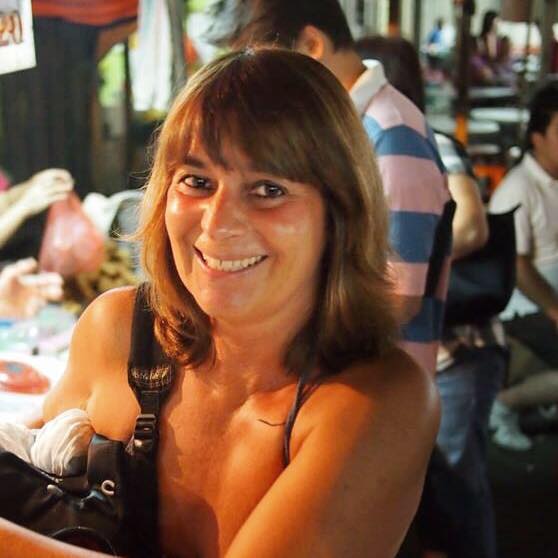

I hope to visit soon as I was there before the wall came down. So its a sentimental dream to revisit a part where my life personally and joyfully was taken in. A trully beautiful city, Berlin.
Berlin changed a lot since the fall of the wall and it is, in my opinion, one of the most interesting cities in Europe. Not a beautiful one if compared to other European capitals, but it is so lively and a real multi-cultural hub that is fascinating.
Berlin is an impressive city. It changes constantly and is still looking for its own identity. The memorials are powerful, even the ‘new’ Holocaust memorial that we visited earlier this year with our kids. It’s hard to explain our kids the concept of a Wall dividing a city….I guess we need to return to Berlin a couple of times.
Great post.
Emiel
I actually lived in Berlin a little over 20 years ago and have been back many times; last time in February I took some comparison photos you can see here: http://grownuptravelguide.com/spot-the-difference-photos-show-how-berlin-has-changed-since-1990
Andy
Loved this post. It must have been so fascinating to have returned to Berlin after 20+ years. One of the things that I love about Berlin and how it treats its history is that the reminders are everywhere, but they are not in your face. They allow you to absorb them emotionally. My favorite is perhaps the “stumbling blocks” that are in the sidewalks in front of homes where people were taken during World War II. It tells the names of the people taken, where they went (i.e., which concentration camp) and what happened to them (i.e., died or survived). The blocks are slightly above the level of the sidewalk, supposedly so that they are “shined” by people walking by to make them appear more and more as time goes on.
Great post Simon! What I really like is that it mentions two memorials which are not so well known. Every one knows the East Side Gallery and the Holocaust Memorial and they are good and important. But we also shall not forget the smaller memorials which also tell an important part of the story. Next time you’re in Berlin I will take you to the memorial in the Bavarian Quarter, it’s called “Orte des Erinnerns” (“Places of Remembrance”) and it reminds the viewers of the gradual loss of rights that lead to the total expulsion of Jews from Berlin. I will send you an email with the link to a video I made about it.
I haven’t been to Berline (I’ve only been to Bavaria) but the history here is fascinating. A lot of that has to do with my interest in Eastern Europe and the ties to Berlin and communism. I’ve been to Auschwitz so that is another part of Berlin and its history that intrigues me. The history there may not always be pretty but very educational.
Beautifully done. I visited Berlin in December and was overwhelmed with the intensity of some sites. I didn’t see some of the places you mention. I must do that some time. But most memorable for me was the Topography of Terror (former SS HQ and a section of the Berlin Wall), East Side Gallery (murals on remnants of the wall) and the Holocaust Memorial. As I visited these places I thought the same thing you did — we shall never forget.
I waqs lucky enough to travel to Berlin and some of the surrounding Eastern Block countries in 1989 just before the wall came down. It was fascinating and I’m glad I got to see that part of history before it disappeared. I did return to Berlin a few years later to see post-wall, but at that point it was still in it’s infancy. I look forward to returning to see all of the drastic changes that have taken place since the wall came down.